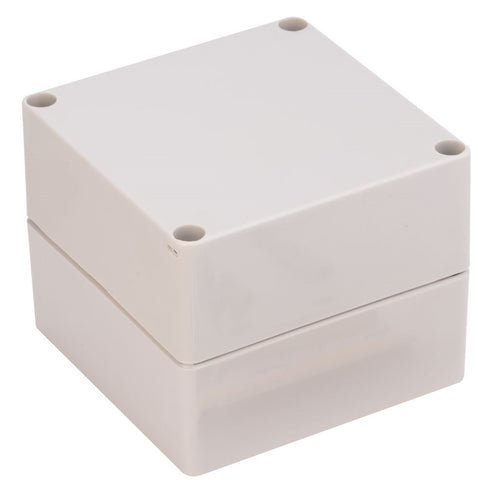Wi-Fi control modules are an increasingly popular component of smart home systems, enabling automation as well as energy savings. Whilst small modules to control lights are readily available, very few units can switch more than a 16A resistive load, and none on the market can control a larger inductive load. Our heavy duty controls have been designed to enable Wi-Fi automation of much larger inductive loads. We also provide this unit with a choice of Zigbee, Z-Wave or Shelly control here.
Smart Operation
The unit can be programmed using either the Tuya or Smart Life App and can be integrated with Google Home, Amazon Alexa and other Wi-Fi based platforms. Functions within the Smart Life App include:
- Manual off/off control via any IoS Apple or Android phone or tablet.
- Countdown timer - The unit will turn on after the pre-set time.
- Maximum duration timer - When turned on the unit will only operate for a defined maximum period of time.
- Scheduled timer e.g. On Monday 07:00, off Monday 17:00.
- Random timer - Unit will turn on and off randomly during pre-set times.
- Scenes - Can be triggered by a separate (not supplied) senor or Wi-Fi button e.g. A temperature below 19C will turn the unit on.

A WiFi connection is required to enable the unit to be switched on/off, or for the timer to be programmed. However, once programmed, the timer function will continue to operate without WiFi. Where WiFi is not available at all, a stand alone plug in timer is also available here.
Inductive vs Resistive Loads
Most Wi-Fi controls use an integral relay, which is a cheap, compact way of controlling resistive loads. Resistive loads do not contain a motor and require a steady amount of current, even on start up e.g. lights.
In contrast, inductive loads contain a motor or coil e.g. power tools, pumps and refrigerators. When an inductive load is first powered up, it draws a much larger start up current, typically 2.5-3 times its normal operating current. For example a 500w drill may briefly draw 1250-1500w when it starts up. The main issue is actually caused when the relay contacts open to turn the tool off. The stored inductive energy in the motor coil is discharged, resulting in a damaging arc across the terminals, which can eventually cause the relay to fail.
To overcome this issue, instead of using the relay within the Wi-Fi module to switch the load directly, our units connect the output to a high quality contactor, which then switches the load. Contactors work using the same principle as a relay , but they are much larger and far better suited to switching higher current inductive loads. The picture below shows the sheer size difference between a typical contactor (left) and relay (right); when it comes to switching inductive loads, contact size really does make a difference.

Contactor rating:
| Unit | Resistive | Inductive |
| 230v 32A | 40A (AC-7a) | 15A (AC-7b) |
| 415v 32A | 63A (AC-7a) | 20A (AC-7b) |
Specification:
-
230v unit - Robust IP66 rated enclosure, dimensions H125mm x W125mm x D100mm.
- 415v unit - Robust IP55 Gewiss weatherproof DIN enclosure H180mm x W180mm x D98mm.
- Unit must be hard wired by a competent person. This will require the enclosure to be drilled to fit suitable glands (not supplied).
- Please note that the controller will not work if the appliance connected to it has a DoL motor starter or no-volt release switch (NVR). These commonly both have a start and stop switch.
Manual:
- Click here to download the manual.




